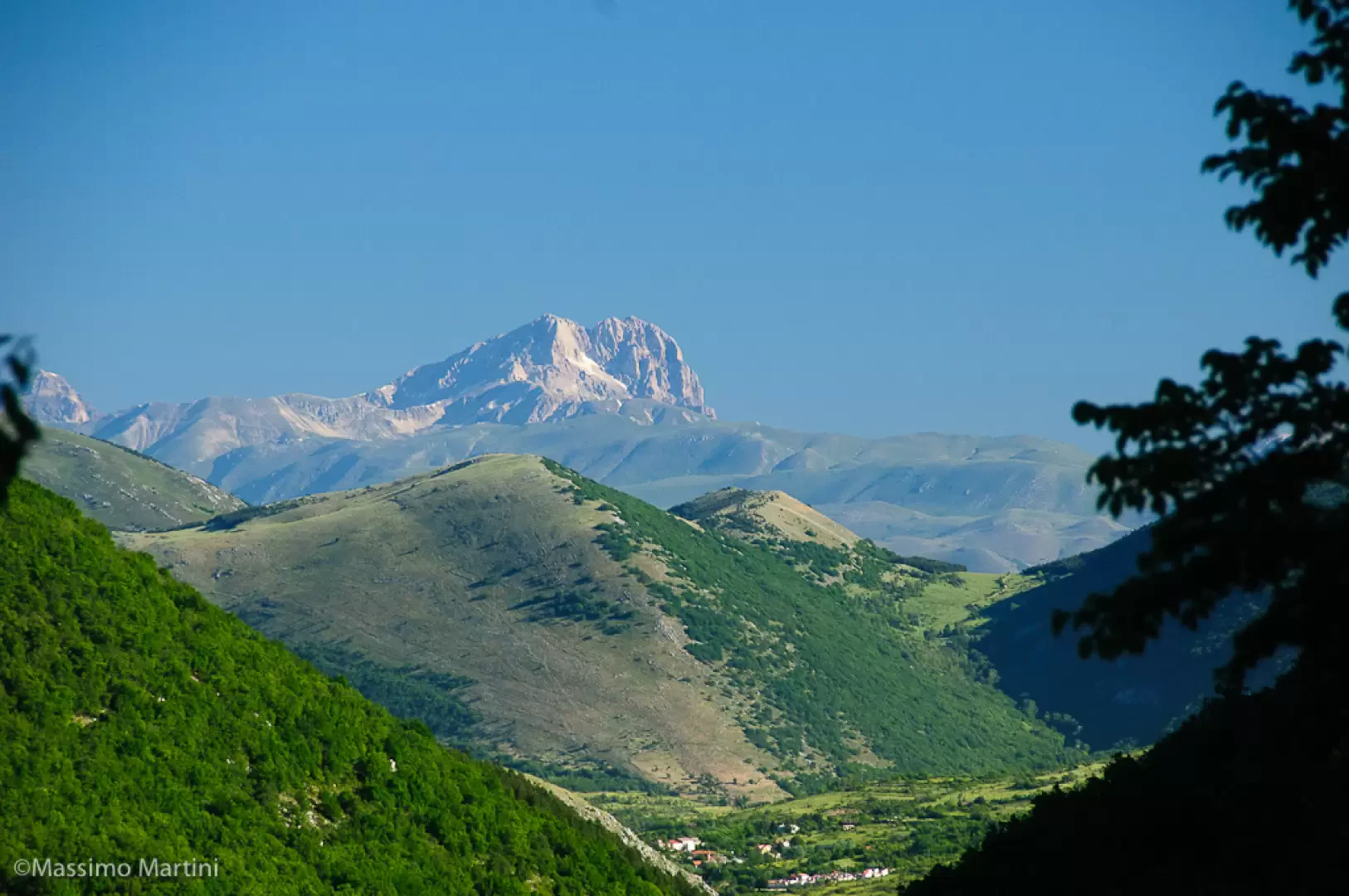Abruzzo

Access
Access to the region is guaranteed by an articulated network of connections. The motorway connects Abruzzo to Rome through the Gran Sasso tunnel, while the Adriatica runs along the coast linking it to the north with Marche and to the south with Molise and Puglia. The railway network connects the Adriatic coast to the hinterland, with lines to Rome and Naples. The main airports are the Abruzzo airport in Pescara and the Rome airport, easily accessible from the inland provinces.
Introduction
Abruzzo is located in central Italy, extending from the heart of the Apennines to the Adriatic Sea. Its identity is strongly marked by the dualism between the ruggedness of the mountains and the gentleness of the hilly landscape sloping towards the beaches of the coast. The Gran Sasso, Majella and Monti della Laga massifs dominate the hinterland, while the coastline alternates between sandy stretches and rocky shores with the characteristic fishing piles known as trabocchi. This geographical variety, combined with a stratified historical and cultural heritage, has made Abruzzo a borderland between tradition and modernity, known since antiquity for its wild nature and the richness of its communities.
Description
The territory is characterised by a harmonious balance of natural and man-made elements. Three national parks, a regional park and numerous nature reserves make Abruzzo one of the most protected regions in Europe, so much so that it has been nicknamed 'the green lung of Europe'. Rare species such as the Marsican brown bear and the Apennine wolf find refuge here. The mountains offer imposing landscapes with peaks exceeding 2,900 metres, such as Gran Sasso's Corno Grande, while the hills are home to rural villages and vineyards that anticipate the coastal plain. Finally, the Adriatic Sea offers a varied coastline with sandy beaches, rocky promontories and the suggestive stretch of the so-called 'costa dei trabocchi'.
The history of Abruzzo is rooted in ancient times: prehistoric settlements and Italic peoples, such as the Vestini and Marsi, have left clear signs. Roman rule led to the construction of cities and communication routes, evidence of which remains in the sites of Alba Fucens and Amiternum. In the Middle Ages, the territory was enriched with castles, monasteries and abbeys such as San Clemente a Casauria and San Giovanni in Venere, also becoming a crossroads for pilgrimages. In modern and contemporary times, Abruzzo has expressed internationally important figures, including Gabriele D'Annunzio, Ignazio Silone and Benedetto Croce, who have helped to consolidate its cultural dimension.
In economic terms, Abruzzo combines tradition and innovation. Agriculture maintains a central role with fine products such as L'Aquila saffron, Montepulciano d'Abruzzo wine, extra virgin olive oil and Santo Stefano di Sessanio lentils. Traditional craftsmanship survives in Castelli ceramics and bobbin lace, while industry has developed into manufacturing and technology hubs, especially along the coast. Tourism is an increasingly important sector, attracted by the diversity of the landscapes and the authenticity of the villages.
Abruzzo's culture and traditions find expression in popular festivals, religious rites and gastronomic festivals. The Perdonanza Celestiniana in L'Aquila, recognised by UNESCO, or the Holy Week in Sulmona are examples of a strong spiritual bond. In the kitchen, identity dishes such as arrosticini, maccheroni alla chitarra, Sulmona confetti and fish specialities along the coast stand out. Music, dances and traditional costumes continue to punctuate the local celebrations, keeping alive an intangible heritage of great value.
For hiking enthusiasts, Abruzzo is a favourite destination. The trails of the Gran Sasso and Majella lead to scenic peaks, wild valleys and impressive plateaus. The Sagittario Gorge, the woods of the Abruzzo, Lazio and Molise National Park or the Voltigno plateaus are just some of the destinations that testify to the exceptional natural wealth. The perched villages, such as Santo Stefano di Sessanio, Scanno or Pacentro, offer authentic atmospheres and landscapes suspended in time, enriched by legends and popular traditions such as that of the Majella, revered as the 'mother mountain'.
Information
Capital: L'Aquila
Area: 10,753 sq km
Minimum elevation: 0m
Maximum elevation: 2,912m - Corno Grande
Number of inhabitants: 1,269,525 (as of 31.01.24)
Name in dialect: Abbrèzze
Name in dialect: Abruzzesi
Provinces: Province of L'Aquila, Province of Chieti, Province of Pescara, Province of Teramo
Municipalities: 305 list - map
Bordering regions: Marche, Lazio, Molise
Institutional site: www.regione.abruzzo.it